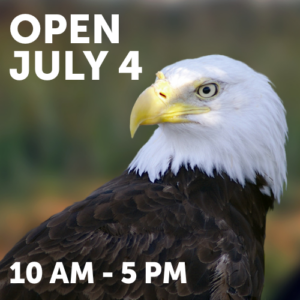Burrowing Owl (Athene cunicularia)
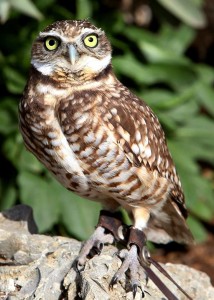 Burrowing Owls are year-round residents of southern California, Central Mexico and South America. As their name suggests, they nest in holes in the ground, either ones they have dug or borrowed from tortoises, prairie dogs, ground squirrels, or armadillos. You can see Burrowing Owls at the Living Coast Discovery Center, between Raptor Row and the Shark and Ray Experience and — if you’re lucky — in the wild.
Burrowing Owls are year-round residents of southern California, Central Mexico and South America. As their name suggests, they nest in holes in the ground, either ones they have dug or borrowed from tortoises, prairie dogs, ground squirrels, or armadillos. You can see Burrowing Owls at the Living Coast Discovery Center, between Raptor Row and the Shark and Ray Experience and — if you’re lucky — in the wild.
Burrowing Owls are generally active at dusk and dawn, but sometimes at night also. They are comparatively easy to see because they are often active in daylight, and can be surprisingly bold and approachable. Living Coast guests have often commented that our Burrowing Owls seem as curious as they are shy, darting into their burrows but returning quickly for another inquisitive look.
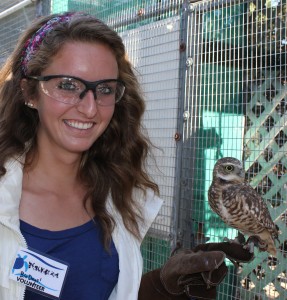 Some of our Burrowing Owls serve as Animal Ambassadors, appearing on site and at various functions throughout San Diego with their human handlers who are more than happy to answer questions.
Some of our Burrowing Owls serve as Animal Ambassadors, appearing on site and at various functions throughout San Diego with their human handlers who are more than happy to answer questions.
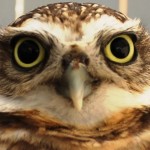 Did you know? The Burrowing Owl has also been referred to as: Ground Owl, Prairie Dog Owl, Rattlesnake Owl, Howdy Owl, Cuckoo Owl, Tunnel Owl, Gopher Owl, and Hill Owl.
Did you know? The Burrowing Owl has also been referred to as: Ground Owl, Prairie Dog Owl, Rattlesnake Owl, Howdy Owl, Cuckoo Owl, Tunnel Owl, Gopher Owl, and Hill Owl.
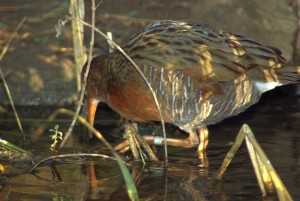
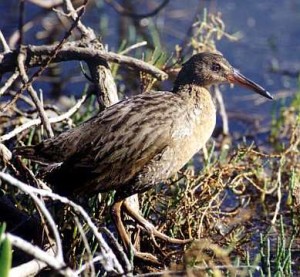
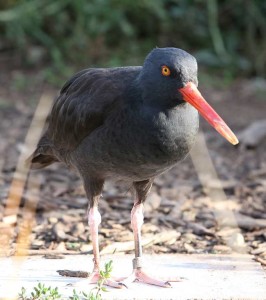
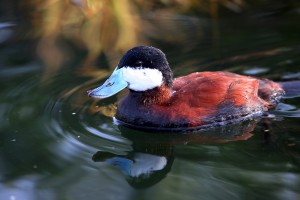
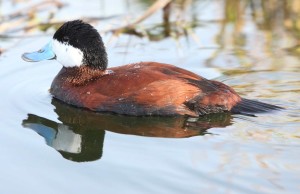 Did you know? A naturalist, speaking of Ruddy Ducks in 1926 said, “…its curious nesting customs and ludicrous courtship performance place it in a niche by itself… Everything about this bird is interesting to the naturalist, but almost nothing about it is interesting to the sportsman.”
Did you know? A naturalist, speaking of Ruddy Ducks in 1926 said, “…its curious nesting customs and ludicrous courtship performance place it in a niche by itself… Everything about this bird is interesting to the naturalist, but almost nothing about it is interesting to the sportsman.”